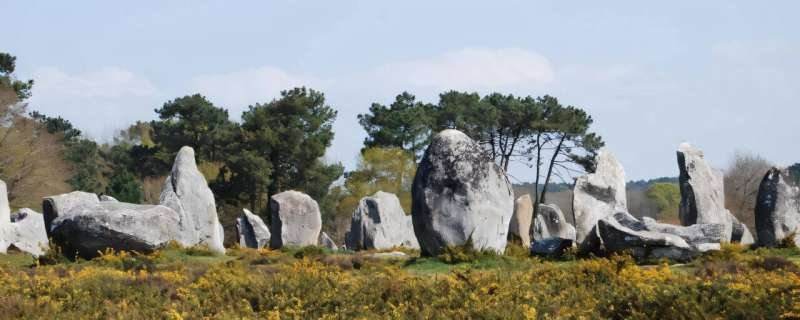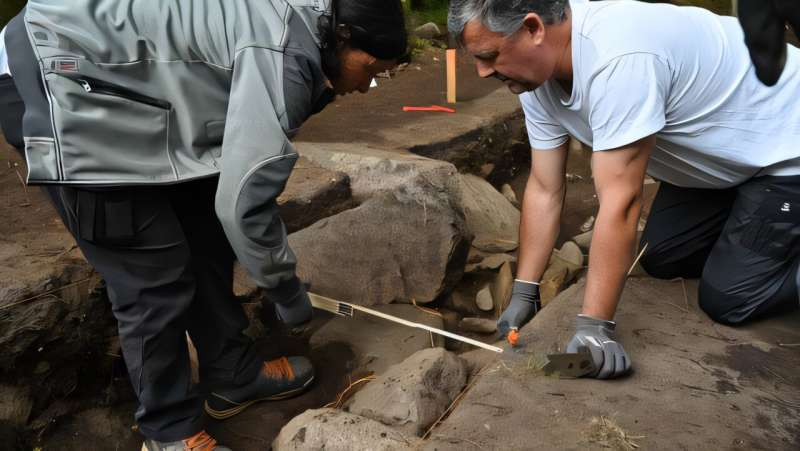The enigmatic stone alignments of Carnac, located in Brittany, northwestern France, are among the most iconic megalithic monuments in Europe—alongside Stonehenge, the dolmens of Menga, and the prehistoric temples of Malta.
Now, for the first time, archaeologists have been able to date sections of these alignments with remarkable precision, revealing new information about their origins and purpose.
This major breakthrough comes from a French–Swedish collaboration under the NEOSEA research project, led by the University of Gothenburg in partnership with the French excavation firm Archeodunum and the University of Nantes.
“The Carnac alignments now appear to be among the earliest megalithic monuments in Europe. This particular section was built between 4600 and 4300 cal BC,” explains archaeologist Bettina Schulz Paulsson of the University of Gothenburg, who leads the NEOSEA project and is a co-author of the study, recently published in Antiquity.
“We have also confirmed that the Bay of Morbihan is the earliest known megalithic region in Europe.”
More than 3,000 standing stones once stretched across 10 kilometers of landscape, from Carnac and La Trinité-sur-Mer to Erdeven—making it one of the most concentrated and extensive megalithic complexes in a coastal setting.
A key part of the study was the excavation of a previously unexplored site known as Le Plasker, located at the heart of Plouharnel. Conducted ahead of the construction of a 7,000 m² business park, the rescue excavation was led by Audrey Blanchard of Archeodunum, who also serves as a researcher on the NEOSEA project.
Utilizing modern excavation methods and systematic sampling strategies, the team uncovered numerous archaeological features. Nearly 50 radiocarbon dates were obtained from the site, which were then analyzed using Bayesian statistical modeling—a technique that allowed the researchers to create a highly detailed and reliable chronology of the site’s use.
Credit: Bettina Schulz Paulsson
“Thanks to this approach, we’ve been able to reconstruct the site's history with unprecedented chronological precision,” says Schulz Paulsson.
Decoding Carnac’s Prehistoric Landscape
One of the longstanding challenges in dating sites in the Morbihan region is the highly acidic soil, which often prevents the preservation of organic materials such as bone. This has traditionally made radiocarbon dating difficult, and methods like optically stimulated luminescence (OSL) have proven too imprecise to yield useful results.
However, the sheer volume of radiocarbon samples collected—and the application of advanced Bayesian modeling—allowed researchers to overcome this hurdle.
Several alignments of standing stones were dated to between 4600 and 4300 cal BC. Although many of the stones were removed in antiquity or later, their foundation pits remain intact. These pits were found adjacent to hearths and cooking features, suggesting that the act of building the alignments may have been linked to rituals involving fire—whether for lighting, feasting, or cooking remains to be seen.
Additionally, the site yielded the remains of a monumental tomb, dated to around 4700 cal BC, built directly over a Mesolithic hunter-gatherer hut—further underscoring the site’s deep historical significance.
Further analyses of sediments and stone fragments are ongoing and may offer more clues about the ceremonial and social functions of these megalithic constructions.








